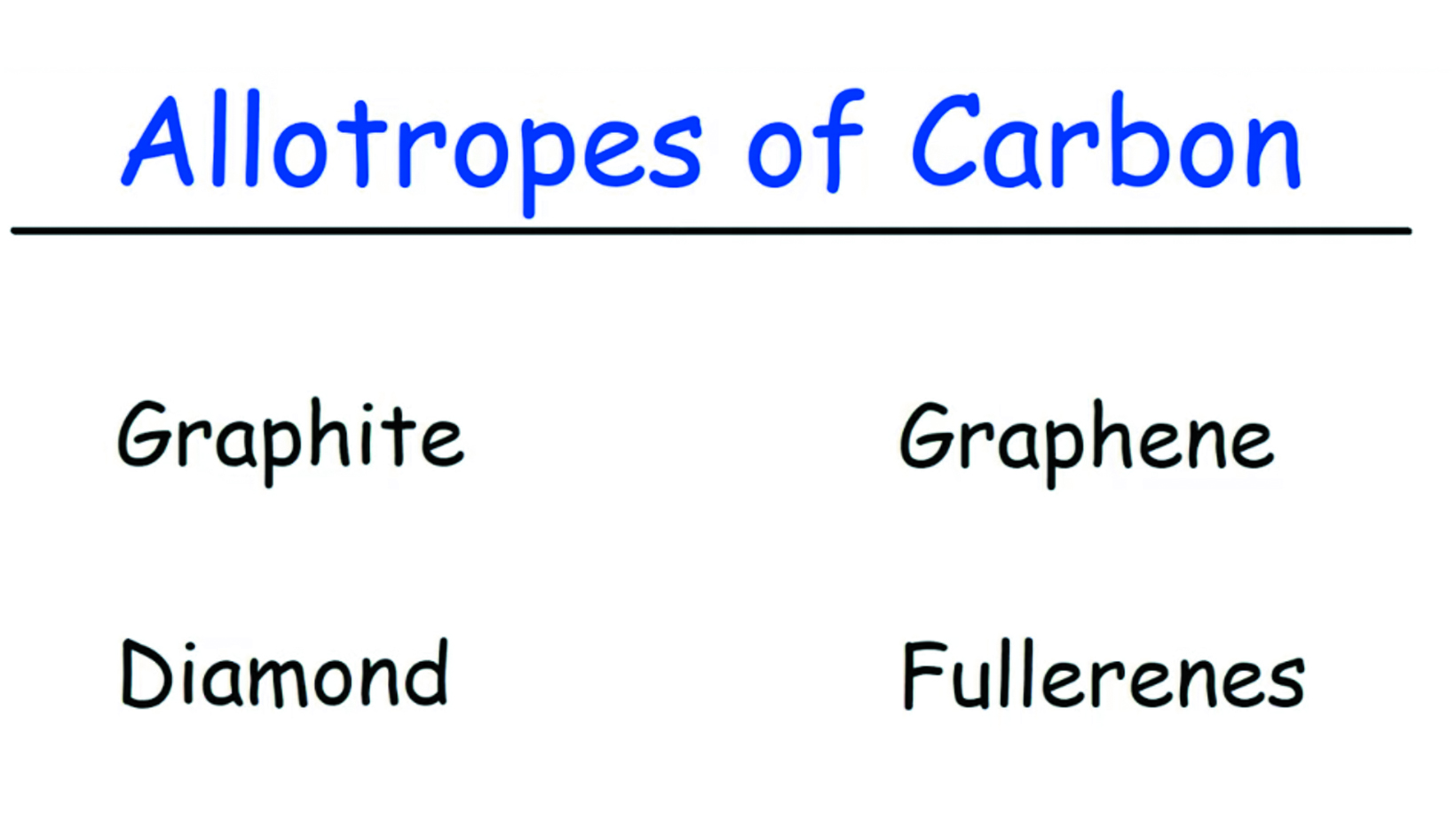Buffalograss (Bouteloua dactyloides) is a warm-season perennial grass native to prairies and plains in North America, such as Montana, Texas and Mexico. It is often used as a lawn grass because of its low maintenance requirements and drought tolerance. It prefers clay over sandy soils and can survive going months with no rain or water. During these periods it will yellow, but once it gets water it will green again. Buffalo spreads by rhizomes, stolons and seed.
Some key features of buffalograss include:
1. Appearance: Buffalograss has a dense and finely textured growth habit, with gray-green to blue-green leaves. It typically grows to a height of 3″-6″.
2. Drought tolerance: One of the main advantages of buffalograss is its ability to withstand dry conditions. It has deep roots that allow it to access water from deeper in the soil, making it more resilient during periods of water scarcity.
3. Low maintenance: Buffalograss requires minimal care once established. It has a low nitrogen requirement and does not need frequent mowing or irrigation. If not properly managed, it is susceptible to weed invasion.
4. Cold hardiness: Buffalograss can tolerate cold temperatures and remains green throughout most of the year in warm climates. In colder regions, it goes dormant during the winter months and turns brown, but regains its green color in the spring.
5. Traffic tolerance: Buffalograss has good traffic tolerance and can withstand moderate foot traffic. However, it may not be suitable for high-traffic areas such as sports fields or heavily used lawns.
6. Environmental benefits: Buffalograss is an eco-friendly choice for lawns and landscapes. It reduces the need for water, fertilizers, and pesticides, leading to lower environmental impact.
7. Native wildlife habitat: Buffalograss provides habitat and food for many native wildlife species, including birds and insects. Its seed heads are an important food source for birds during the fall and winter months.
Old varieties of Buffalograss didn’t require much mowing but new varieties can be mowed very short. It will not do well in high shade or cold climates. Varieties can be seeded, sprigged or sodded. The cost is high but the savings on maintenance will save you money in the long run.
Mow Buffalo at height of 2″ to 3″.
Overall, buffalograss is a popular choice for homeowners looking for a low-maintenance and water-efficient lawn grass. Its ability to thrive in dry conditions and its eco-friendly qualities make it an attractive option for sustainable landscaping.
Review our website to learn more and ask for Greensmiths products by name.




